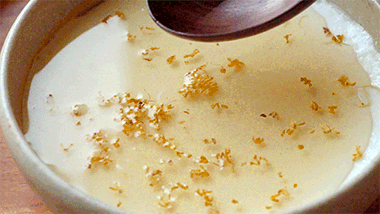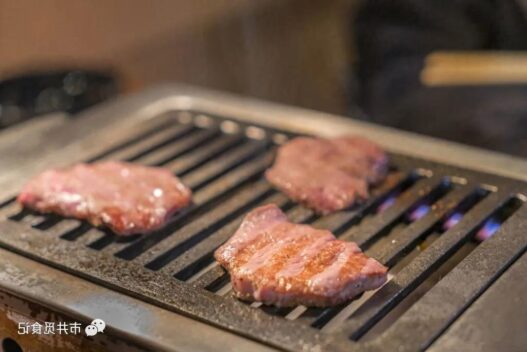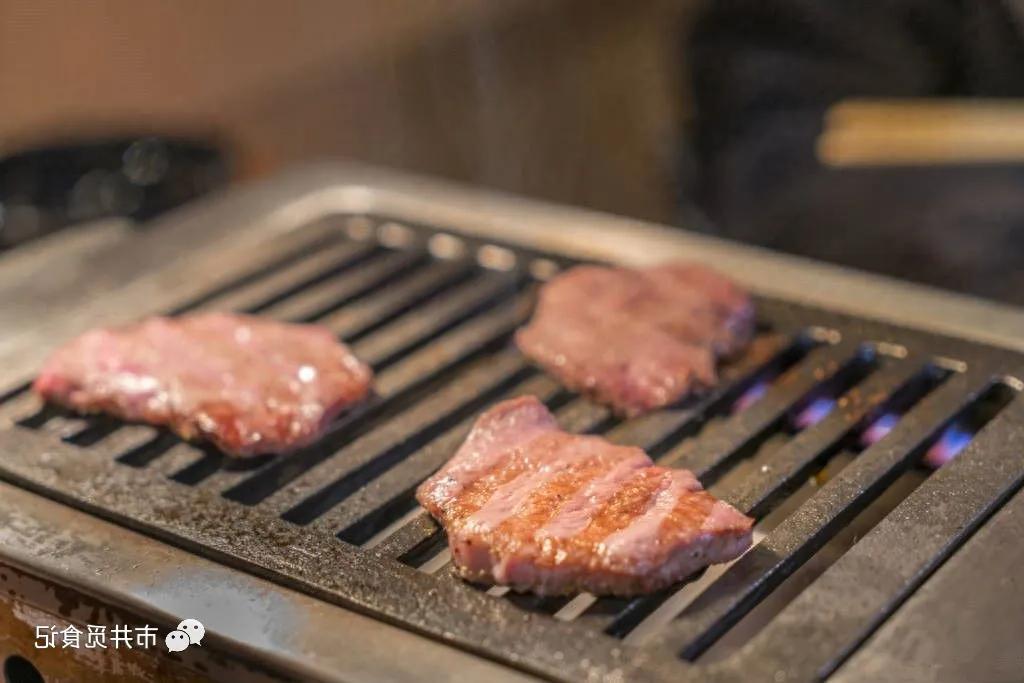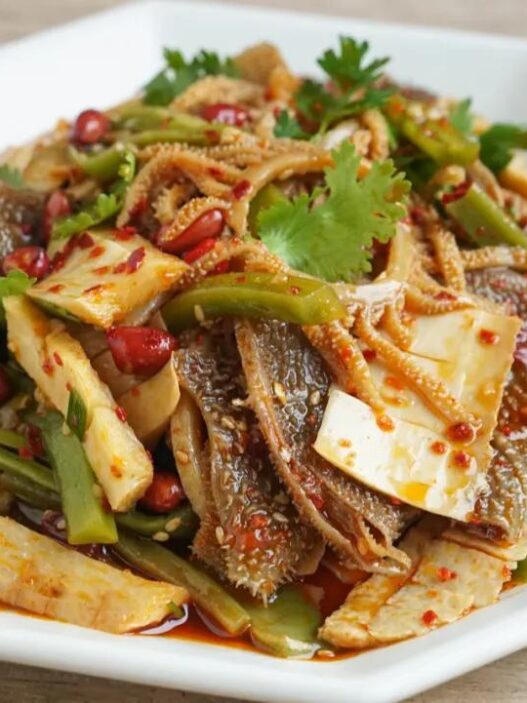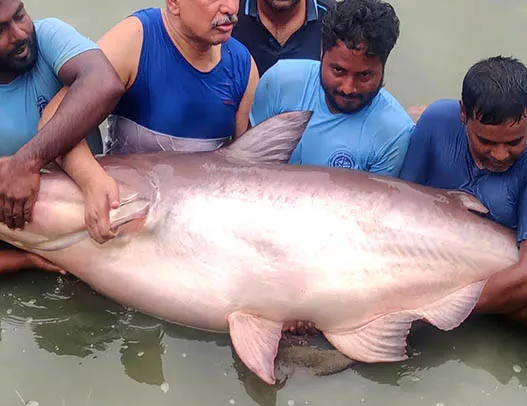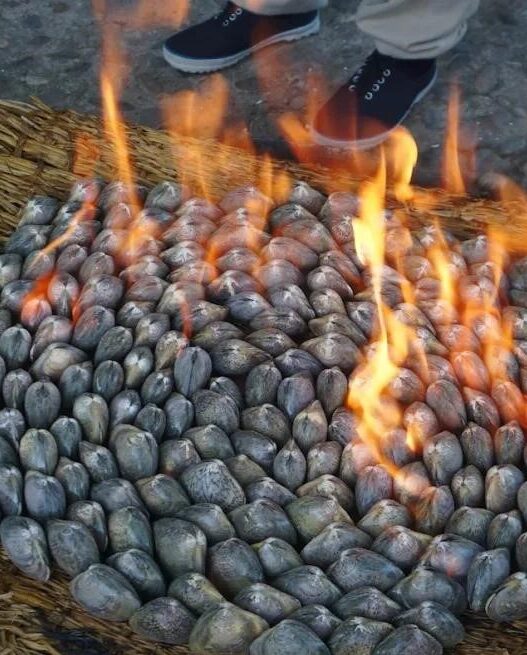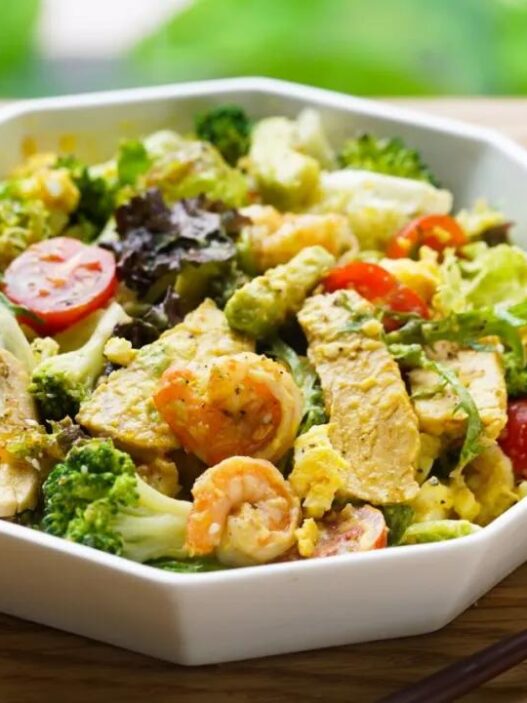When most people think of traveling to North Korea, they often expect poor food and uncomfortable conditions. However, the reality is far from that. Visitors to North Korea can enjoy VIP-level treatment, especially when it comes to North Korean cuisine. Contrary to popular belief, the food scene here is far from dismal, and there’s no need to worry about going hungry or unsatisfied. North Korea boasts 10 iconic dishes loved by the locals, dishes that guides proudly introduce to tourists. Aside from the familiar cold noodles and kimchi, there are many more local delicacies to explore. However, one small downside is the limited variety of meat, which some may feel lacks richness.
1. Cold Noodles (Naengmyeon)
Throughout history, North Koreans have developed dozens of noodle varieties to suit local tastes, with Pyongyang cold noodles standing out as the crown jewel. Made with buckwheat flour, these noodles are not only nutritious but also easy to digest, offering a smooth texture and delightful taste. While many restaurants serve cold noodles, the best place to try them is at Yuryangwon in Pyongyang. At just around $4, you can enjoy a top-tier bowl of noodles at one of North Korea’s finest noodle restaurants. The noodles are served in a copper bowl, topped with beef, egg, cucumber, and kimchi. It’s said that Yuryangwon is a popular spot for North Korea’s wealthier citizens, making it a luxurious dining choice for most locals.
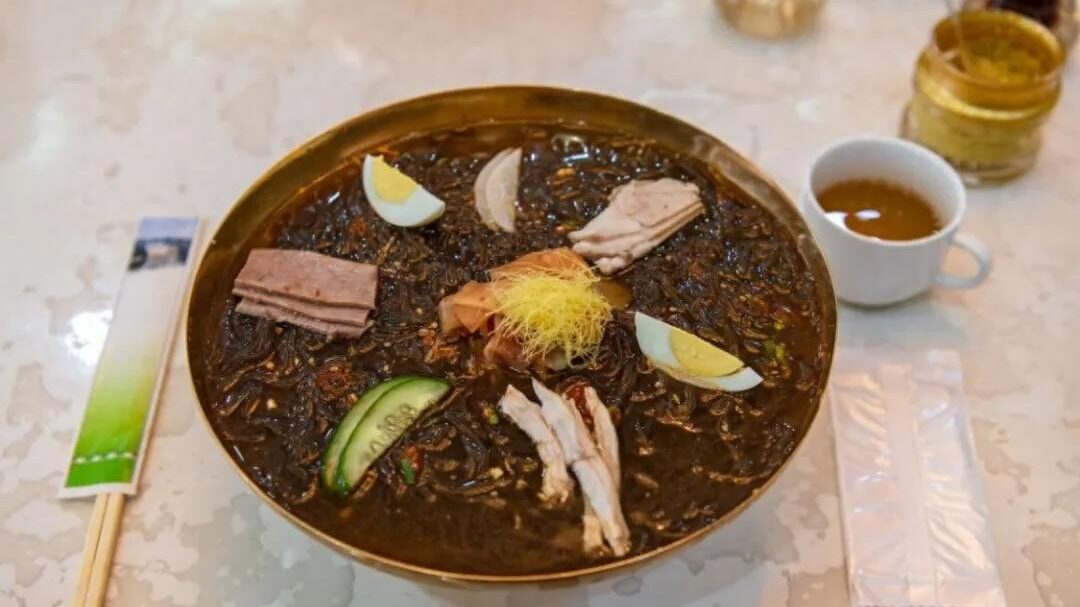
2. Potato Cake
Since the 19th century, North Korea has been growing potatoes, particularly in its colder northern regions. Due to its high yield and resistance to cold, the potato quickly became a staple crop across the country. North Koreans have developed many ways to prepare potatoes, turning them into cakes, including glutinous rice potato cake, potato rice cakes, and frozen potato cake, with the frozen potato cake being the most famous. Potatoes are left in the ground to freeze over the winter, and when harvested in the spring, they are dried, ground into powder, and made into cakes with a distinct flavor.

3. Kimchi
Given the region’s unique geography, meat and vegetables can be expensive, so many North Koreans make their own kimchi from napa cabbage. Not only is it cheap and long-lasting, but it’s also incredibly convenient, making it a beloved traditional food. North Korean kimchi combines spiciness, crunchiness, sourness, and sweetness, transforming even the simplest of dishes into something irresistibly delicious.
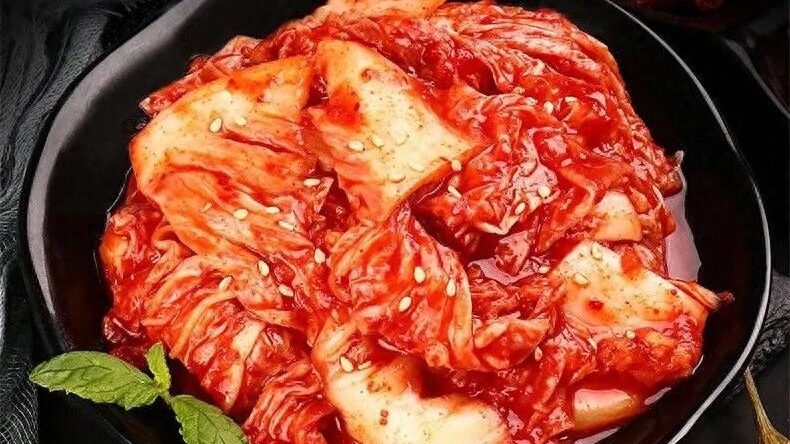
4. Hot Soup Rice
A unique North Korean dish, hot soup rice is usually served in a copper bowl, which is a staple for many traditional meals. This dish consists of three layers: a base of white rice, followed by layers of mushrooms and chicken, topped with a green bean pancake. It’s then doused in a rich chicken broth made from wild pheasant and matsutake mushrooms, with the rice absorbing all the flavor. It’s a healthy and flavorful dish that combines taste and nutrition.
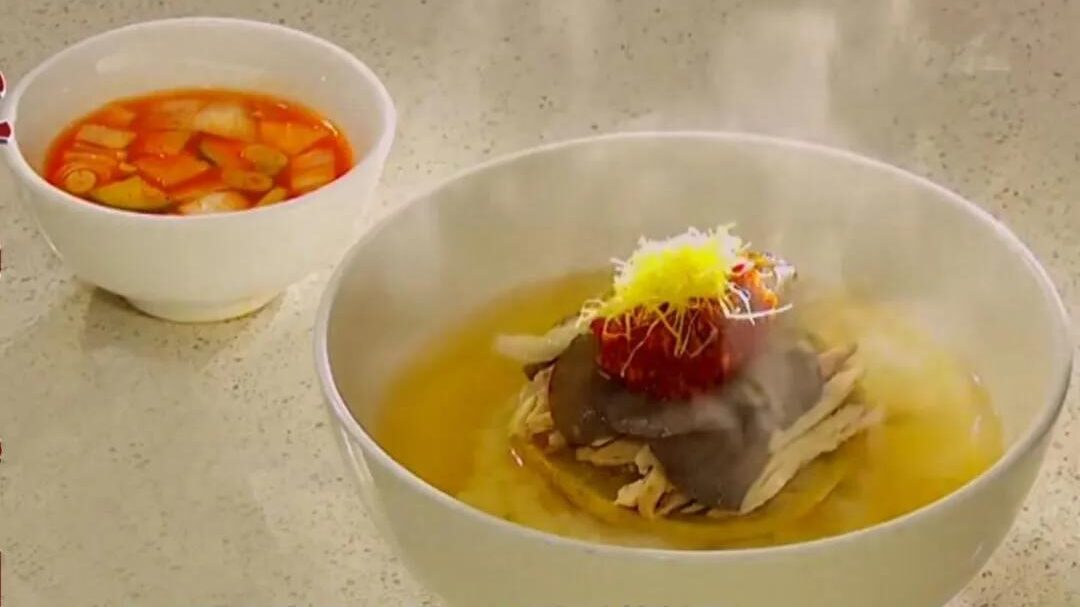
5. Grilled Meat
North Korean cuisine is known for its grilling techniques. Due to the traditional way of raising poultry and livestock, the meat here is naturally tender and flavorful. North Koreans focus on preserving the natural taste of meat, using only a few seasonings to enhance the flavor without overpowering it. The best way to enjoy it is with fresh vegetables and beer, making for an unforgettable meal.

6. Rice Cake (Ddeok)
Rice cake is an important part of North Korean culture, especially during festive occasions like weddings or birthdays. There are two main types: white rice cake made from glutinous rice and yellow rice cake made from yellow rice. The texture is chewy and sweet, and it’s often served with peanut powder or sugar. Sometimes, it’s fried to a golden crisp, adding a crunchy texture that’s simply irresistible.
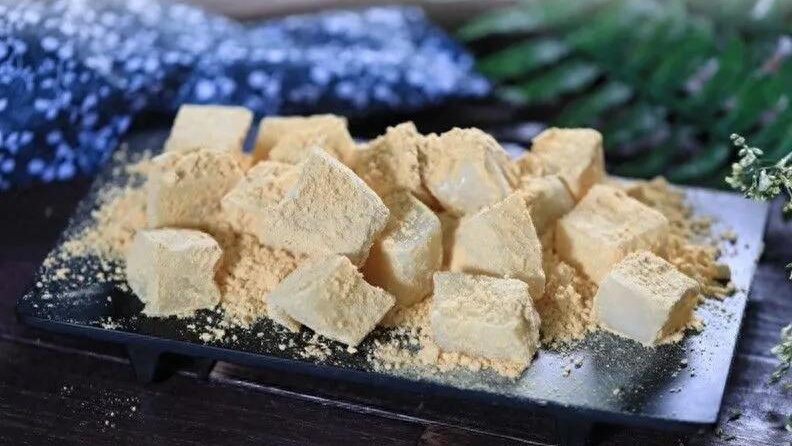
7. Mentaiko (Pollock Roe)
Mentaiko is a popular ingredient in North Korean cuisine, with various ways to prepare it. Fresh “nama-tae” is perfect for making soup, offering a delicious and appetizing flavor. It’s also dried and used in dishes like “yellow-tae”, which is simmered in soy sauce, or completely dried to make “dried-tae”, which is often paired with kimchi for a savory meal.
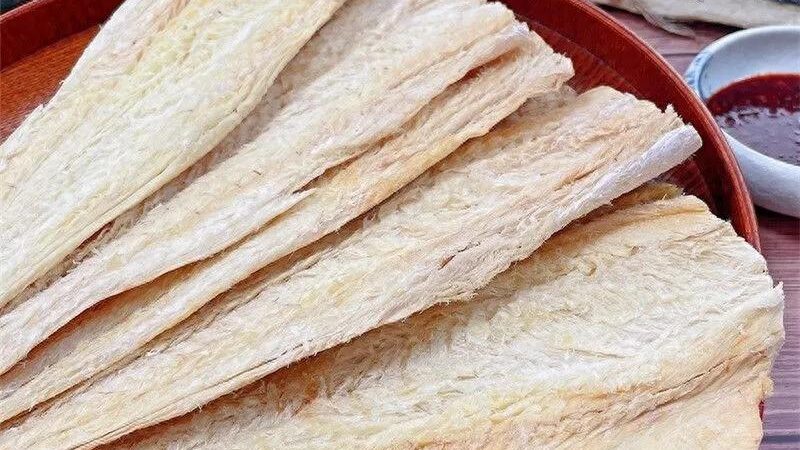
8. Mung Bean Pancakes (Bindaetteok)
Mung beans are a beloved ingredient in North Korea, found in various dishes like mung bean jelly, mung bean cakes, and mung bean porridge. Mung bean pancakes, however, are the standout dish. The mung beans are soaked and ground into a paste, then mixed with chopped kimchi, minced pork, and seasonings, and fried into crispy golden pancakes. These are best enjoyed with a bowl of cold noodles.
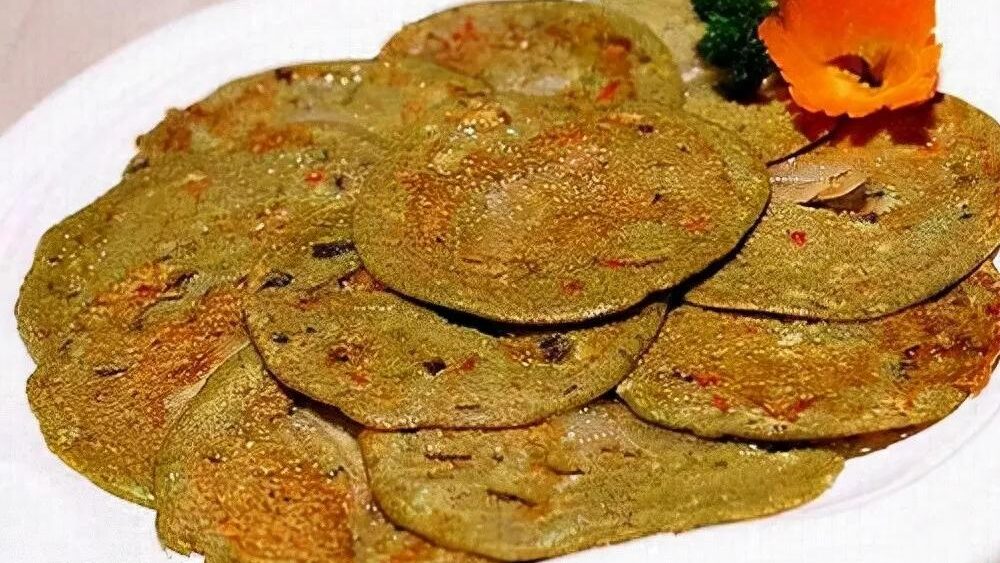
9. Rice Sausage
North Korean rice sausage is similar to blood sausage found in Inner Mongolia, but it’s made with glutinous rice mixed in. Despite its unassuming appearance, the sausage is soft, chewy, and flavorful. Traditionally, it’s sliced and dipped in soy sauce and garlic, or it can be made into stir-fries or soups for added variety.
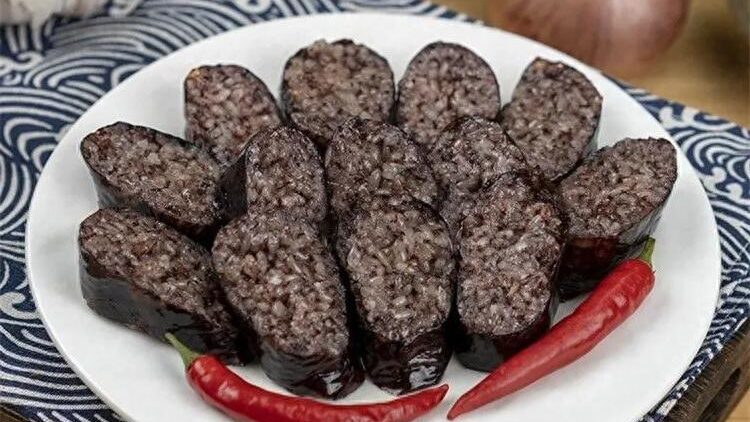
10. Ginseng Chicken Soup
Ginseng chicken soup is a luxury dish, often reserved for special occasions. It’s made by stuffing a whole chicken with glutinous rice and simmering it with ginseng, red dates, and ginger for hours, resulting in a rich and aromatic soup. This dish is considered a tonic, especially during colder months, though it comes at a premium price, with a single bowl costing around 200 RMB ($30 USD).
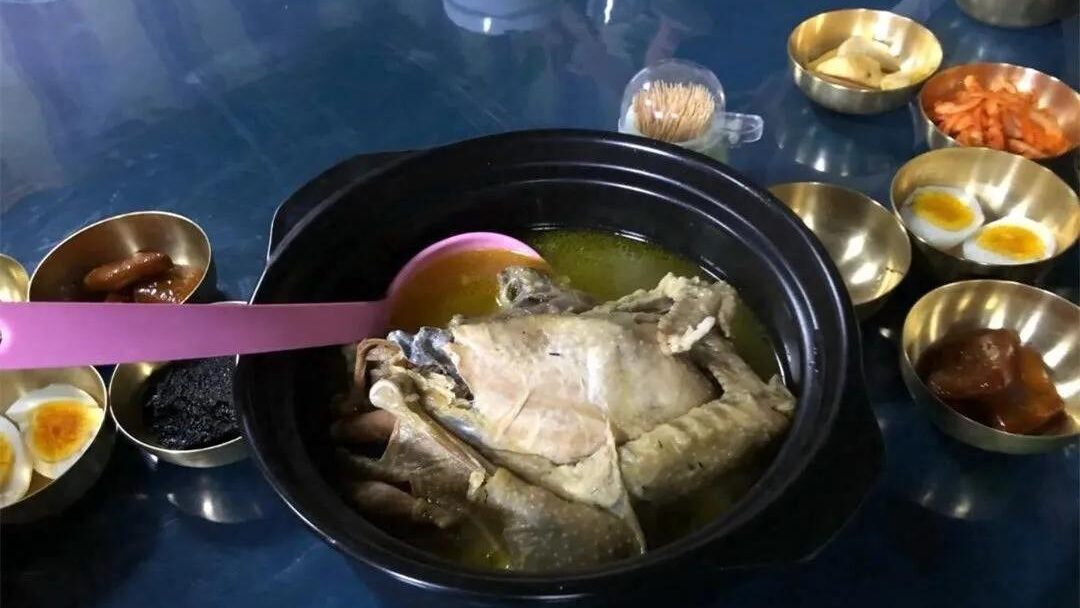
In general, North Korean cuisine favors sour, spicy, cold, and hearty dishes, with a focus on rice or grain-based meals paired with kimchi and various soups. Due to its geographic location, fruits are rare and expensive, making them a less frequent part of the diet. Despite these limitations, the Top 10 North Korean Dishes showcase the unique flavors and traditions of this intriguing country – and they’re an essential part of any visit to North Korea!





